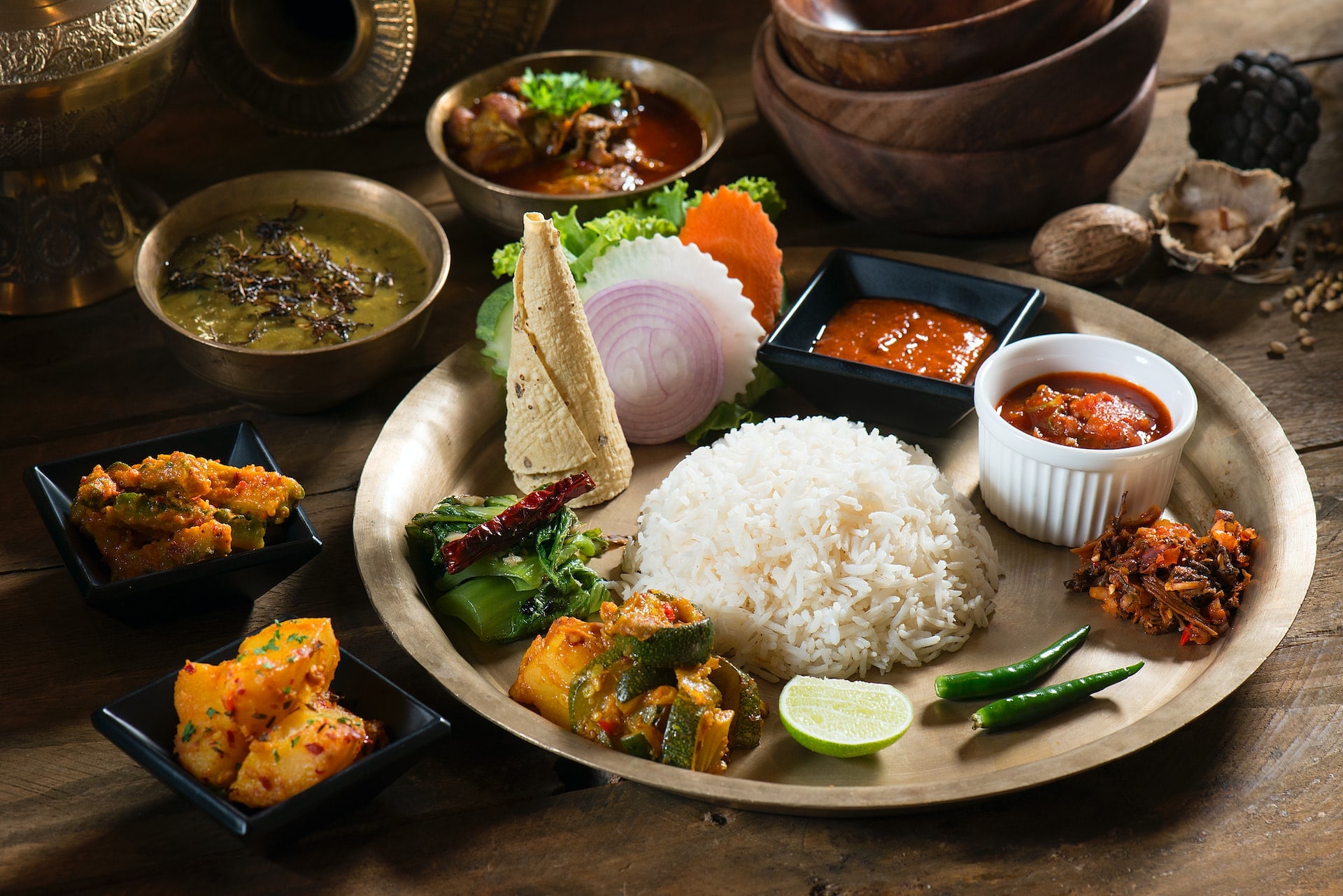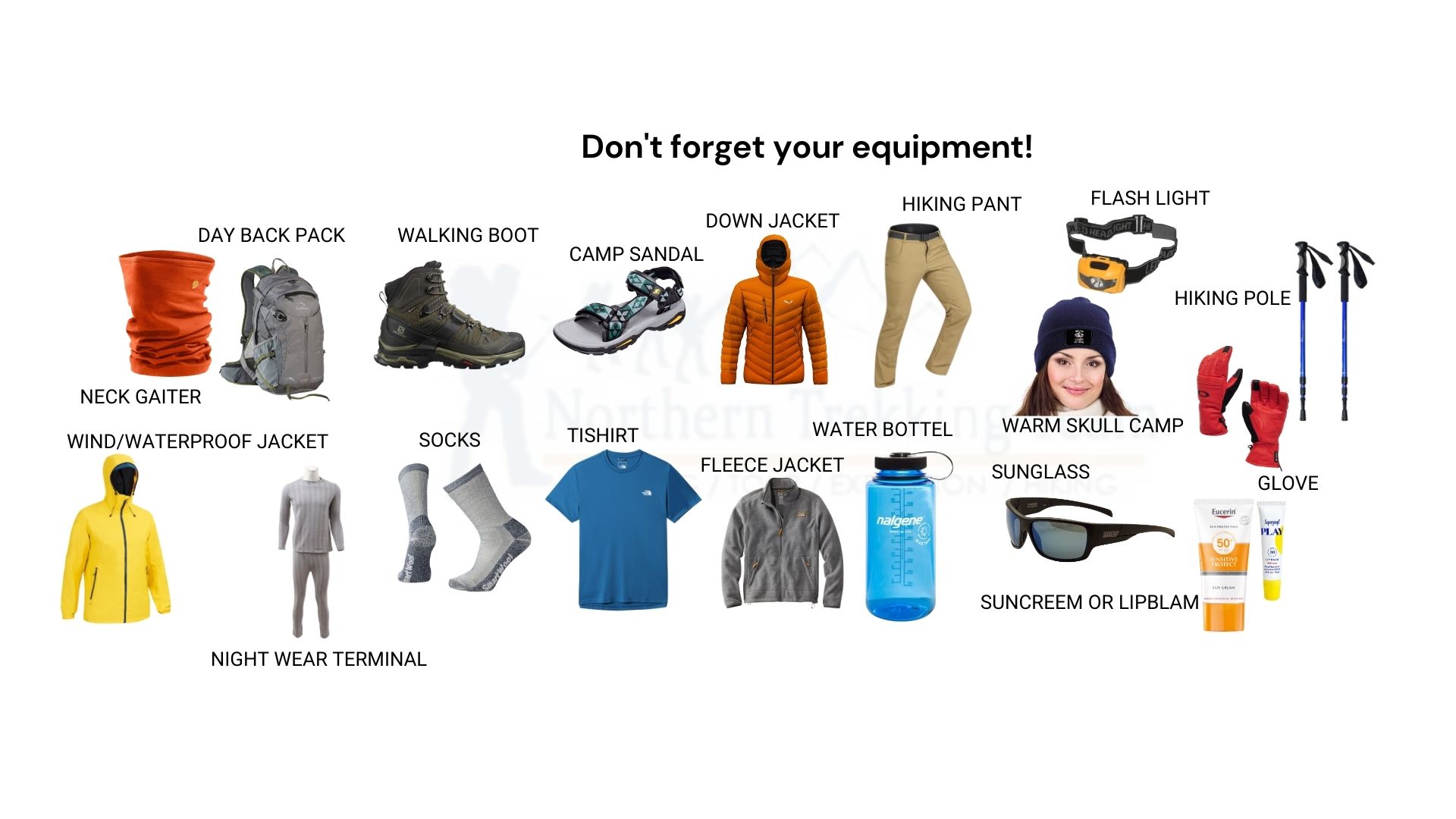2nd Sep, 2022
Trekking Equipment
One of the best ways to experience Nepal is by trekking through its stunning landscapes. But before you head out, you'll need to make sure you have the proper equipment. Here's a list of essential Trekking Equipment List for your Nepal adventure:
Table of Contents
Upper Body
Pack the right hat for your trek-a knit cap will keep your ears warm in cold weather, a wide-brimmed hat protects your face in strong winds, and a sun hat provides shade in hot weather. Clothes should be moisture-resistant to avoid soggy garments. You might also consider a mask to cover your mouth in windy conditions. Make sure to bring a set of extra clothing, as you never know when you will need to change.
Lower Body- Trekking Equipment
Trekkers often wear shorts with pockets in front as well as along their thighs that allow easy access while climbing steep inclines. Some prefer hiking pants with zip-off legs and others prefer lightweight cargo pants because they are less restrictive. A few must-haves for your lower body are socks, underwear, shoes and gaiters (large fabric covers that attach to the shoe to keep mud from getting inside). Socks should provide cushioning without being too thick so blisters do not form on long treks. Hiking boots should be comfortable, waterproof and sturdy enough to protect feet from injuries when walking over rocky surfaces.
Middle Body
The core of trekking gear includes high-quality technical clothing made from breathable fabrics such as wool blends or synthetic fibres that wick away moisture from sweat. Two great pieces of technical clothing are the base layer and mid-layer. Base layers typically consist of long-sleeved t-shirts, leggings and socks to trap heat in the cold mountain air. Mid-layers include jackets, fleece tops, pullovers and puffy vests. Jackets can be lightweight and flexible to save weight but still offer protection from wet weather, freezing temperatures and strong winds. If you are wearing clothes with zippers, consider putting them on backwards so the zipper does not chafe your neck and if possible, wear shirts that unzip at the bottom for faster dressing/undressing.
Other Hiking Equipment List
Check with the trekking company about personal first aid kits and emergency evacuation plans-you should carry these yourself in case of an emergency. A compass and map can be helpful for navigation and you'll need your camera to capture the breathtaking scenery. A handheld or headlamp is necessary for dark trails and lights in your room for late-night reading. At the high elevation, they use solar power so sometimes doesn't work well. Goggles are safe for dusty trails. Remember to pack a water filter or water purification tablets in case you can't find clean water on the trail. It's also a good idea to bring hand sanitiser, baby wipes and sunscreen for hygiene purposes.
One last thing: trekking poles can add stability on uneven terrain but be sure not to use them as crutches! Be sure to take care of your equipment so it will last through all of your adventures. Hiking poles are optional but offer support when going up and down hills. Trekking poles can help with balance on uneven terrain. There are many choices in materials, length and function--which may include baskets or flotation tubes-to fit different needs; choose what suits you best! A small bag containing safety essentials like moleskin, scissors, duct tape and matches will come in handy during emergencies.
Following these Trekking Equipment List will ensure a safe and comfortable trekking experience in Nepal, including Everest Base Camp, Annapurna Base Camp, Manaslu Circuit Trek and Annapurna Circuit Trek. Moreover, if you are coming to trekking in Nepal, this Annapurna Base Camp Trek- A Complete Guide and Everest Base Camp Trek 2023 Guide will help you a lot to travel anywhere in Nepal.
Recent From Trekking Equipment
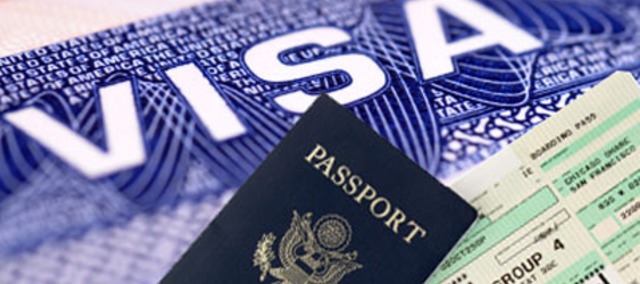
Jun 27, 2022
Jul 20, 2022
Jul 20, 2022
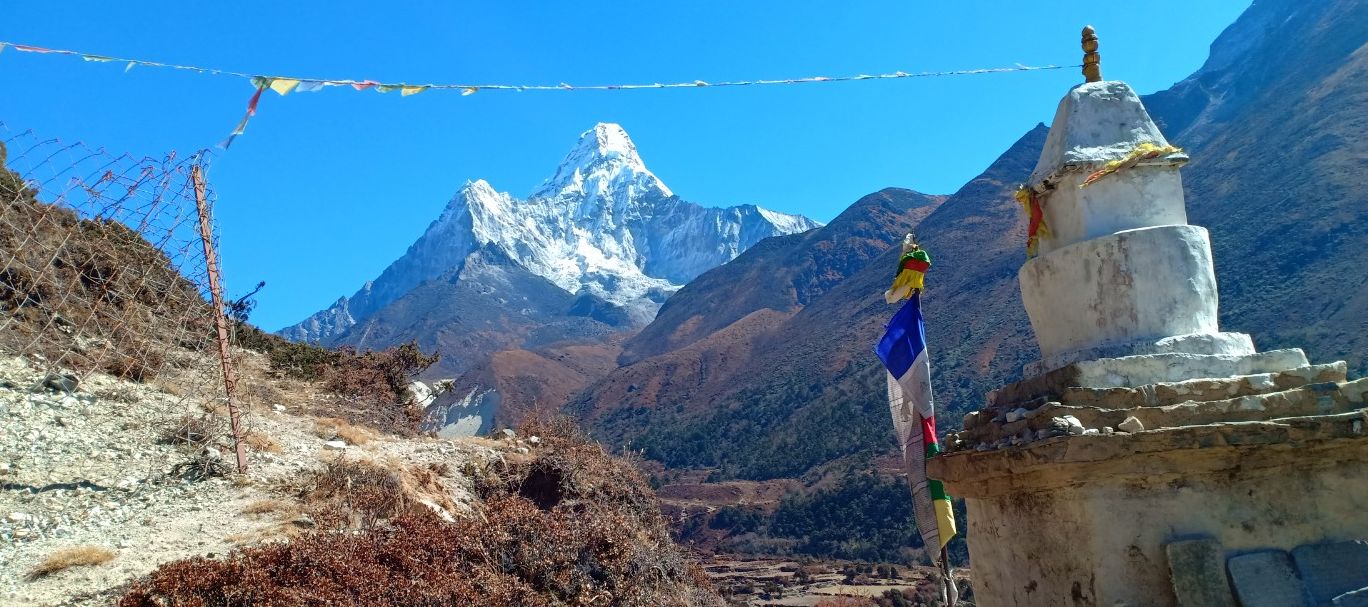
Jul 20, 2022
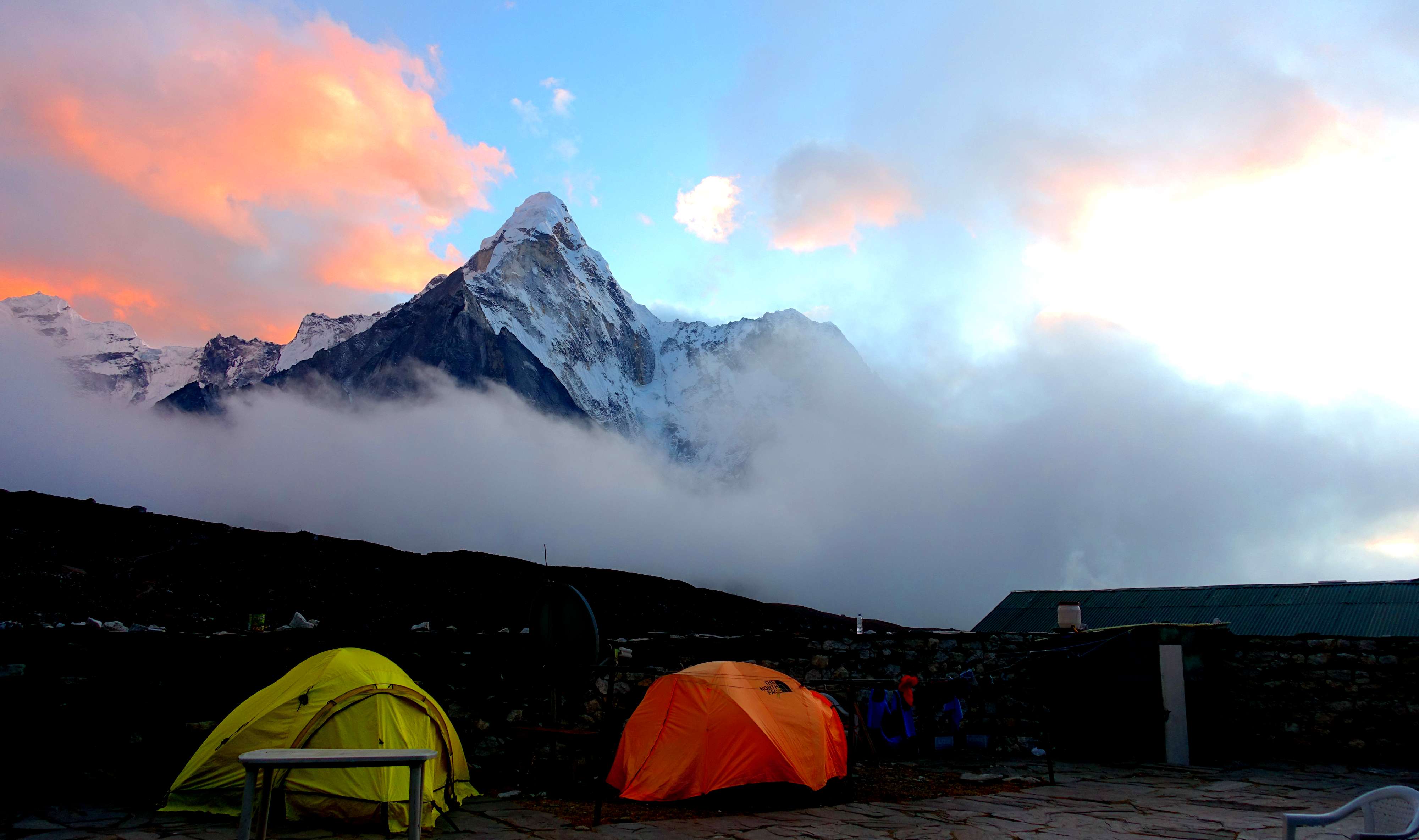
Aug 27, 2022
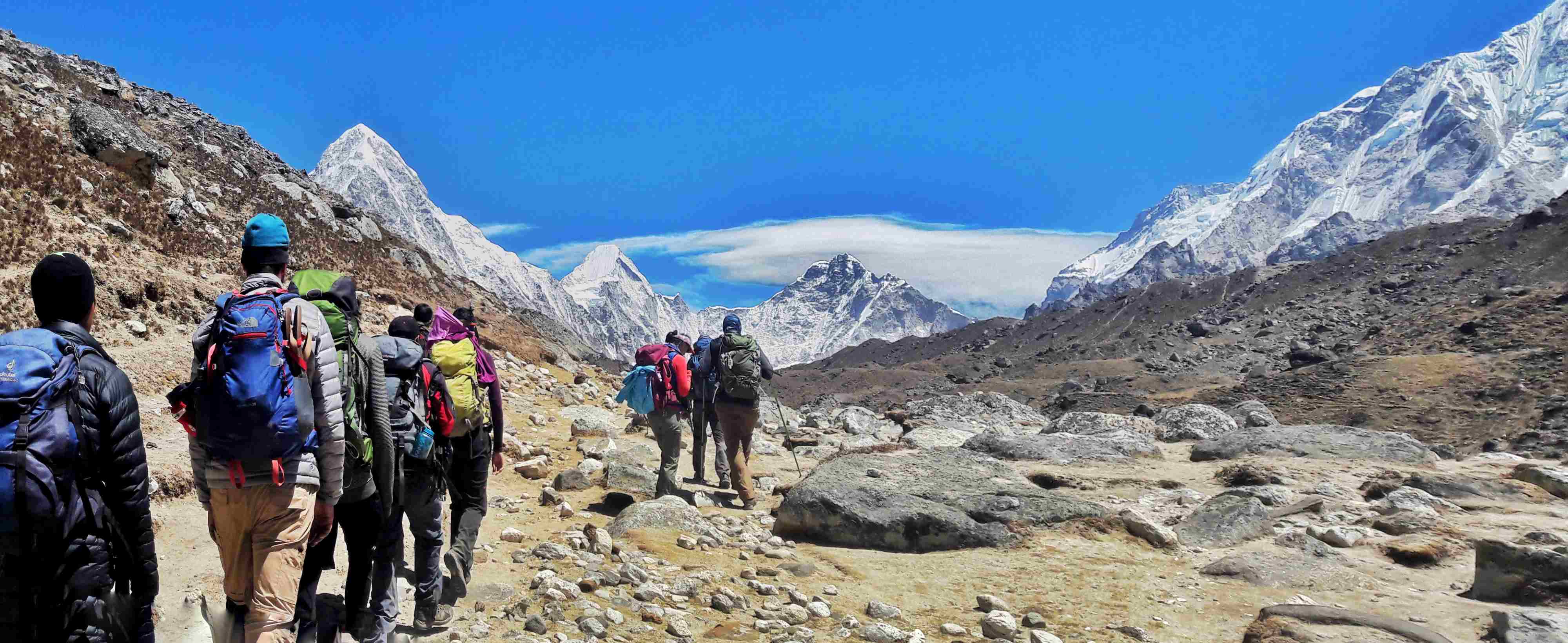
Aug 31, 2022
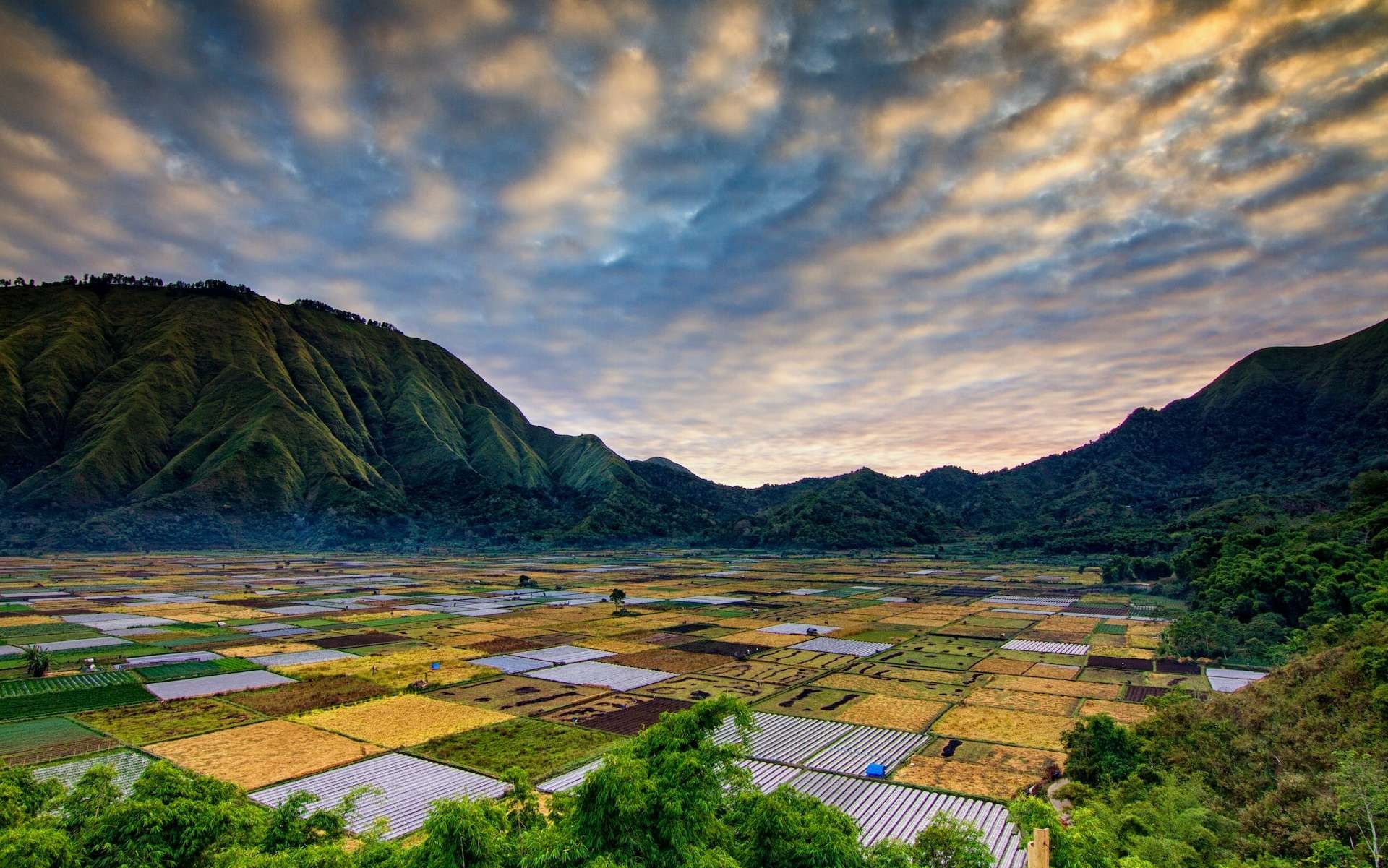
Sep 22, 2022
